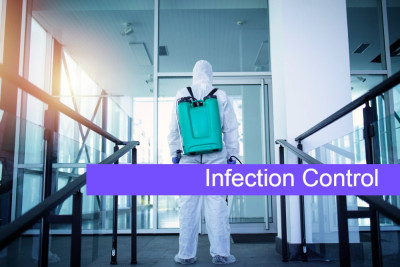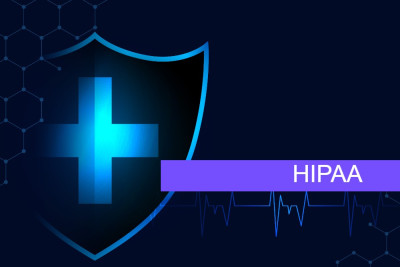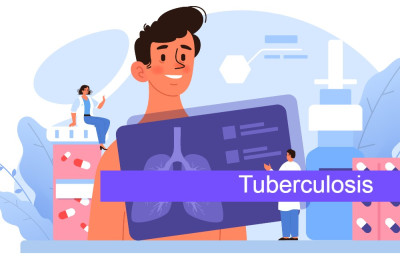Infection Control
 Compare
Compare
Every year, lives are lost because of the spread of infections in healthcare settings. Health care workers can take steps to prevent the spread of infectious diseases. These steps are part of infection control. Proper hand washing is the most effective way to prevent the spread of infections in healthcare settings.
If you are a patient, don't be afraid to remind friends, family, and health care providers to wash their hands before getting close to you. Other steps health care workers can take include covering coughs and sneezes, staying up to date with vaccinations, using gloves, masks, and protective clothing, making tissues and hand cleaners available, and following health facility’s guidelines when dealing with blood or contaminated items.













